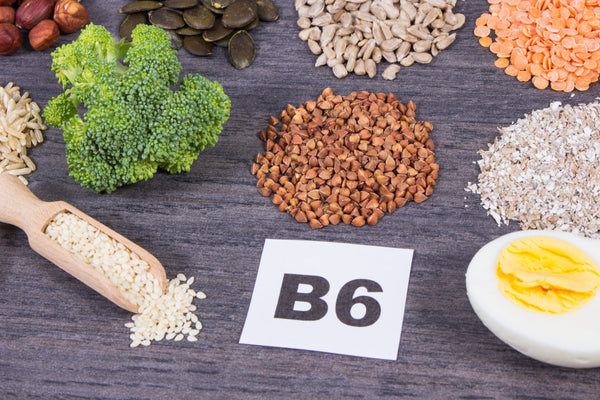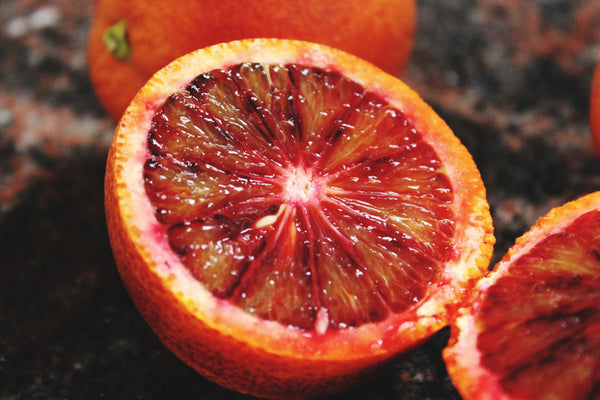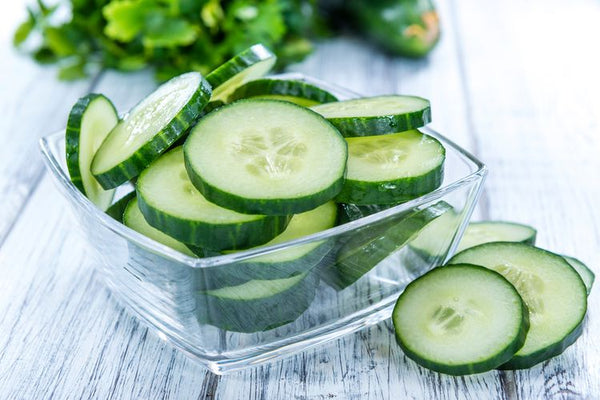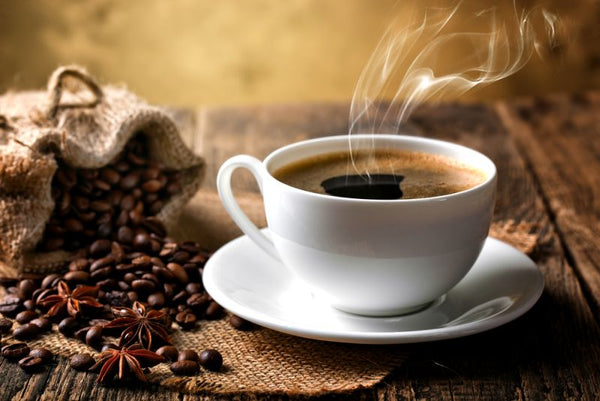
Upper Headache? Find Out The Cause and How to Overcome It Here

Have you ever felt an upper headache? It must feel uncomfortable.
As it turns out, each type of headache can produce its own unique symptoms.
Upper headaches can cause the sensation of heavy loads being placed on top of the head. Have you ever felt it?
Read: 5 Sleeping Positions during Lumbago, Safe to Try!
Identifying exactly what kind of headache is being experienced is essential to find the right treatment and getting the help needed.
According to the Mayo Clinic, a headache is a pain in every part of the head. There are several possibilities that are felt when experience headaches, namely:
- Occurs on one or both sides of the head
- Isolated at a specific location
- Spreads throughout the head from one point
- Possesses viselike-like qualities
- Feels like a sharp pain and throbbing sensation
This pain can also develop and spread gradually or suddenly and can last less than 1 hour to several days.
Even so, symptoms can feel different in each person. This includes feeling your upper headache. So, what are the causes?
Causes of Upper Headaches
In general, Health Harvard revealed that there are 3 types of headaches that you can feel, namely:
- Tension
- Sinus
- Migraine
The most common triggers are:
- Stress
- Fatigue
- Lack of sleep
- Hungry
- Side effects of caffeine
Other causes of upper headaches and their explanations are:
1. Tension Headache
Tension headaches are the most common cause of upper headaches.
If you feel it, this will cause constant pressure or severe pain around the head, which may feel like a band fixed tightly around the head.
You may also feel pain in the neck and near the back of the head or in the temples. The pain is dull and does not throb, and is often not as severe as a migraine.
Although this headache is uncomfortable, many people with tension headaches can resume activities normally.
2. Migraines
Migraines can also cause upper headaches, although they can also appear or radiate to one side of the head or the back of the neck.
Migraines may also be felt on the right or left side of the head, but most often they occur on the left side.
In addition, migraine can cause severe throbbing pain, along with other symptoms such as:
- Feelings of nausea
- Cold hands
- Sensitivity to excessive light and sound
3. Lack of Sleep
Upper headaches due to lack of sleep can affect anyone, although the person usually never feels a headache because of this.
In addition to lack of sleep, upper headaches can also be caused by disturbed sleep or low sleep quality.
Usually, an upper headache can cause dull pain with a heavy feeling or pressure on the top of the head.
If it is not dealt with immediately, this will interfere with daily activities.
4. Cold Stimulus
The upper headache due to the cold stimulus or what is commonly known as 'brain freezing', will come quickly and be felt near the top of the head.
This will usually be severe even though it will only last a few seconds.
5. Chronic Headaches
In some cases, chronic headaches can resemble headaches due to tension and cause pain near the top of the head.
The causes are diverse, one of which is triggered by stress, according to the Annals of the Indian Academy of Neurology.
In addition, an already chronic upper headache can also be caused by persistent loud noises, lack of sleep, or other triggers.
By avoiding the cause, you will feel more comfortable so headaches will decrease little by little.
6. Occipital Neuralgia
It occurs when nerves that move from the spine to the scalp are damaged, irritated, or depressed.
This can cause pain in the back of the head or a tight, ribbon-like feeling around the top of the head.
Other symptoms are:
- A jolt of pain that feels like an electric shock
- Pain that feels dull but stable
- As well as symptoms that increase when moving
If you experience this type of headache, maybe you will not be able to do activities because of the pain that can be unbearable.
7. Hypertensive Headache
Although rare, this type of upper headache can occur in the presence of severe high blood pressure, or hypertension.
This can cause pressure to form in the skull, as quoted from the Iranian Journal of Neurology research.
This headache is typical and will feel like the hair is pulled tight on the top of the head. You may also hear whizzing noises during headaches.
Other symptoms that may occur include:
- Confusion
- Shortness of breath
- Blurred vision
How to Overcome
If the cause has been known, there are actually several ways to deal with this upper headache, for example, such as:
1. Using the Drug
The first line of defense against headaches is over-the-counter painkillers such as acetaminophen which are effective at reducing headache symptoms.
For stubborn headaches or migraines, you can try Tylenol or Excedrin Migraine which is extra-strong.
However, do not take both medications at the same time as they both contain acetaminophen.
Taking too many painkillers can also cause an overdose.
If the headache is frequent or more severe, the doctor may prescribe medication or make a customized treatment plan.
Treatment varies based on the underlying cause, for example:
- Tension headaches can be treated with a pain relief prescription if severe enough
- Triptan may be prescribed to constrict blood vessels and reduce pain
- Beta-blockers, antidepressants, and anti-seizure medications can be used to prevent migraines
- Occipital neuralgia can be treated with physical therapy, massage, warm compresses, anti-inflammatory drugs, and muscle relaxants
- Hypertensive headaches require immediate emergency care to reduce the risk of cerebral hemorrhage, and stroke
- Aspirin is a popular treatment for headaches including nonsteroidal anti-inflammatory drugs (NSAIDs)
2. Take a break
Increasing sleep time or sleeping more, reducing stress, and maintaining good posture even when sitting can help prevent different types of headaches.
Because, muscles that are too tense are considered the cause of headaches, including upper headaches.
If this happens, the doctor will usually recommend that you see a massage therapist or chiropractor regularly.
After that, the doctor will also advise taking a break to reduce the perceived tension.
3. Diet and Lifestyle
Some people with upper headaches feel relieved when making dietary changes.
Caffeinated beverages such as coffee or tea can help, but others may feel relief just by drinking water.
Eating light snacks can also help, of course, by choosing healthy snacks that are also part of the dietary change.
Improving lifestyles such as regular exercise or leaving to stay up late will also affect decrease the risk of headaches.
If the upper headache persists, immediately contact a doctor for further diagnosis as it is important to be aware of possible more serious complications.






